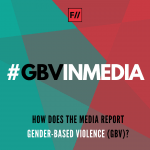 Editor’s Note: This article was written for the #GBVinMedia Campaign, which interrogates mainstream media’s reportage of gender-based violence from an intersectional feminist perspective. Many of these insights are based on the #GBVinMedia toolkit, released by FII as a guide for journalists and media professionals to report gender-based violence sensitively and ethically. If you wish to get in touch regarding this campaign, please email asmita@feminisminindia.com.
Editor’s Note: This article was written for the #GBVinMedia Campaign, which interrogates mainstream media’s reportage of gender-based violence from an intersectional feminist perspective. Many of these insights are based on the #GBVinMedia toolkit, released by FII as a guide for journalists and media professionals to report gender-based violence sensitively and ethically. If you wish to get in touch regarding this campaign, please email asmita@feminisminindia.com.When the media reports a rape case, it is often incognisant of the level of sensitivity required for the reportage of gender-based violence. The language and imagery used should uphold the rights and dignity of the survivors and hold the perpetrators accountable for their actions. This is additionally important in a society where perpetrators of sexual violence often get away with impunity, benefitting from a “rape culture” in which their actions are either minimized and justified or ignored in entirety.
This rape culture often reduces the gravity of gender-based violence and excuses sexual harassment and abuse with the the “boys will be boys” narrative that runs deep in our society. We need to understand that no matter what, sexual violence is the fault of the perpetrator, not the survivor. In order to combat gender-based violence and rape culture, we must hold perpetrators accountable for their actions.
However, the media often fails in this, and contributes to a rape culture where perpetrators of sexual violence get away with impunity.
Absence of perpetrator in the headlines
When is the last time you saw the perpetrator mentioned in a headline about rape?
Headlines about gender-based violence often use the passive voice – i.e., “women raped”, with the perpetrator either absent or occupying secondary importance in the headline (such as “woman raped by man”.) This passive use of words sheds all the focus on the survivor. An active use of words would simply place the responsibility duly on the perpetrator, which should ideally be put as “man raped woman”.
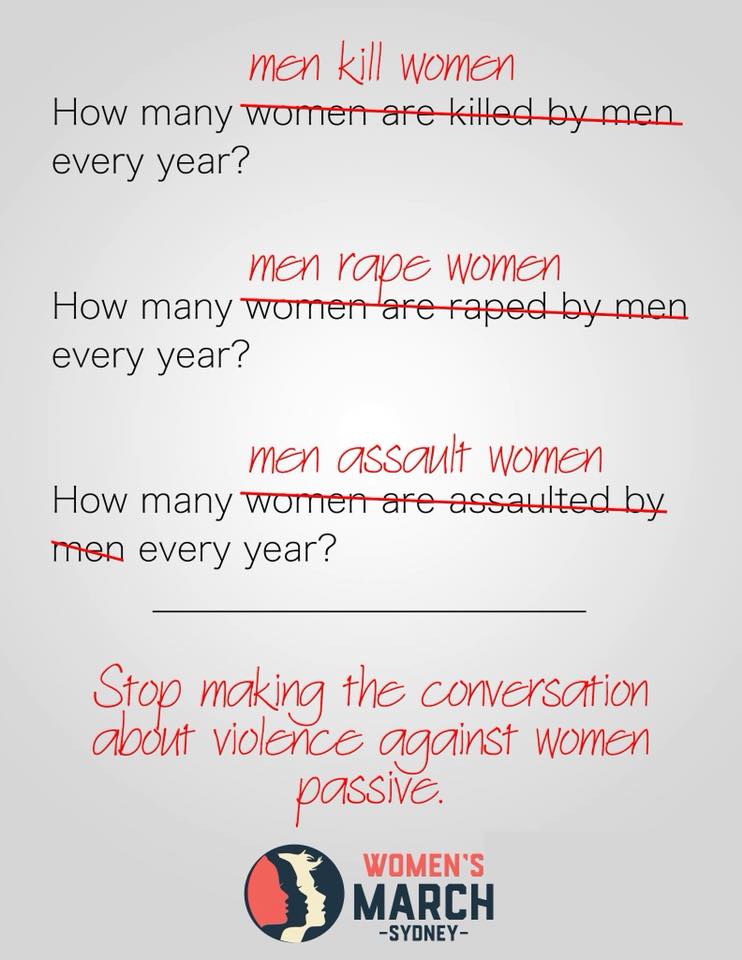

An example of active voice, placing the responsibility of the crime correctly
Erasing power location of perpetrator
It is even more imperative that the perpetrator is placed in full view in the headlines, in cases of institutional or State-sponsored violence. For example, sexual violence perpetrated by the army or police forces in conflict zones is an extremely common, and yet underreported phenomenon. Rape by security forces is chilling because of the power and authority they hold and the impunity they usually enjoy after committing crimes of sexual violence. The headline below speaks about the gang rape-murder of an Adivasi woman in Chattisgarh by the police forces, who later framed her as a Naxal.

The headline invisibilises the State security forces who committed this heinous crime. Armed and uniformed army men abducted a 23 year old Adivasi woman from her village. The next day, her body was found in a freshly ironed and oversized Maoist uniform with no bullet marks, whereas her body had 10 bullet wounds, a broken wrist bone and other marks all over her body. The security personnel claimed that there was an encounter of Maoist people who tried to attack them and this woman was one who died in the process, a claim that was challenged by her parents.
The headlines and legal actions both lack holding these men accountable for the sexual violence they carried out.
Similarly when such crimes are afflicted by a member of a dominant community on a member of a marginalised community, the social positions of both the perpetrator and survivor should be highlighted to ensure locating the incident as a part of a larger pattern of systemic vulnerability.
For instance, caste-based sexual violence is a systemic issue wherein Dalit and tribal girls and women are systemically more vulnerable to sexual violence, most often by upper-caste perpetrators. When caste locations are deleted from headlines, we fail to locate the incident as one of caste-based sexual violence and instead, just view it as a generic case of sexual violence. This erases the additional vulnerability that Dalit and tribal girls and women face at the hands of upper caste perpetrators.

This is a good example of highlighting the caste positions of the perpetrator and survivor, despite the use of passive voice.
Shedding a sympathetic light on the perpetrators
Another way in which the media contributes to absolving the perpetrator of blame is by delving into their background that highlights their “good nature” or a “difficult background” that somehow led them to commit the crime. Remember Brock Turner? This casts the perpetrator in a sympathetic light, which consequently puts the blame on the victim for ruining a good, innocent but disturbed man’s life by alleging sexual violence.

Another such narrative that comes in to play in Indian media is of the “jilted lover”. Many men in India commit sexual crimes after being rejected – a product of the larger culture of male entitlement in which men believe a woman should always say yes to his romantic advances, and when rejected, quickly turn violent. However, without this context of male entitlement, calling the perpetrator a “jilted lover” does nothing but put a sympathetic light on him and spins the blame on the survivor for “rejecting” him. The subtext here becomes that the victim “deserved” the sexual violence for being harsh to the “jilted lover”, or for getting entangled in romantic misadventures in the first place.

The perpetrator is called a jilted lover instead of a criminal of sexual violence and murderer
Similarly sexual harassers are called “roadside Romeos”, which only minimises the seriousness of their actions and treats them with benevolence. The term roadside Romeo is almost playful, turning a serious case of sexual harassment or abuse into a playful case of flirtation and teasing. In no way does a person who commits a sexual violence act deserves sympathy and be portrayed as a “lovelorn hero”, therefore media should strictly be referring to them as a criminal and nothing else.
Referring to the perpetrator as a “monster”
In a flip side to this, some perpetrators are framed as demons, monsters or beasts by the media. While this might seem appropriate, there is a deeper lens to view this from – the “monster theory of rape”. By framing perpetrators as inhuman monsters, we create a singular imagination of rape and rapists – those that occur in shady alleys and dark corners by strangers who are ‘monsters’ (most often belonging to lower caste and class backgrounds). The reality however, is that rapes are staggeringly common, and most often perpetrated in homes, workplaces and within families, by men who might seem perfectly “normal” on the outside. By terming rapists as monsters, we suggest that this is a one-off, barbaric case, taking away from the ubiquity of sexual violence, suggesting that sexual violence is unusual rather than systemic. It also makes it harder for survivors to speak out about rape committed by those viewed as “respectable” members of society – people are likely to say, “But he would never do something as horrific as that!”

The onus of sexual crimes in no way lies on the survivor, the responsibility fully lies on the perpetrator. The focus should be brought back on the perpetrator from the survivor to hold them accountable and the survivor should be treated with respect and should not be blamed for a crime afflicted upon her. The media should avoid contributing to rape culture in the way it refers to perpetrators and be more sensitive in its coverage.
This article was written in consultation with Asmita Ghosh, the lead researcher of the #GBVinMedia Toolkit.

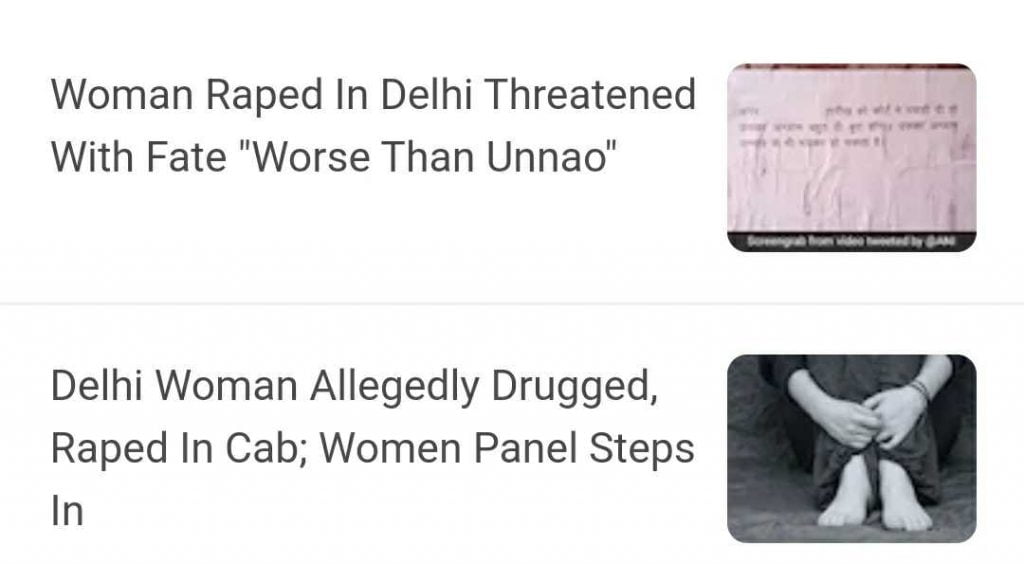
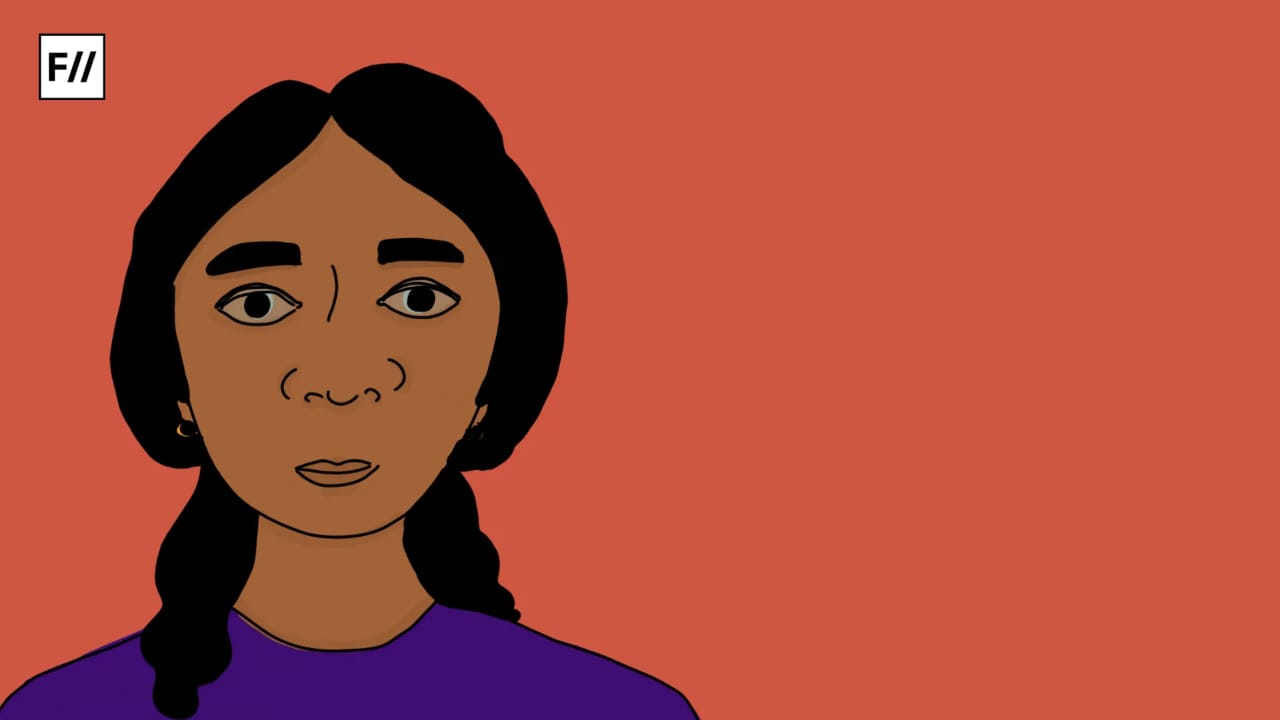
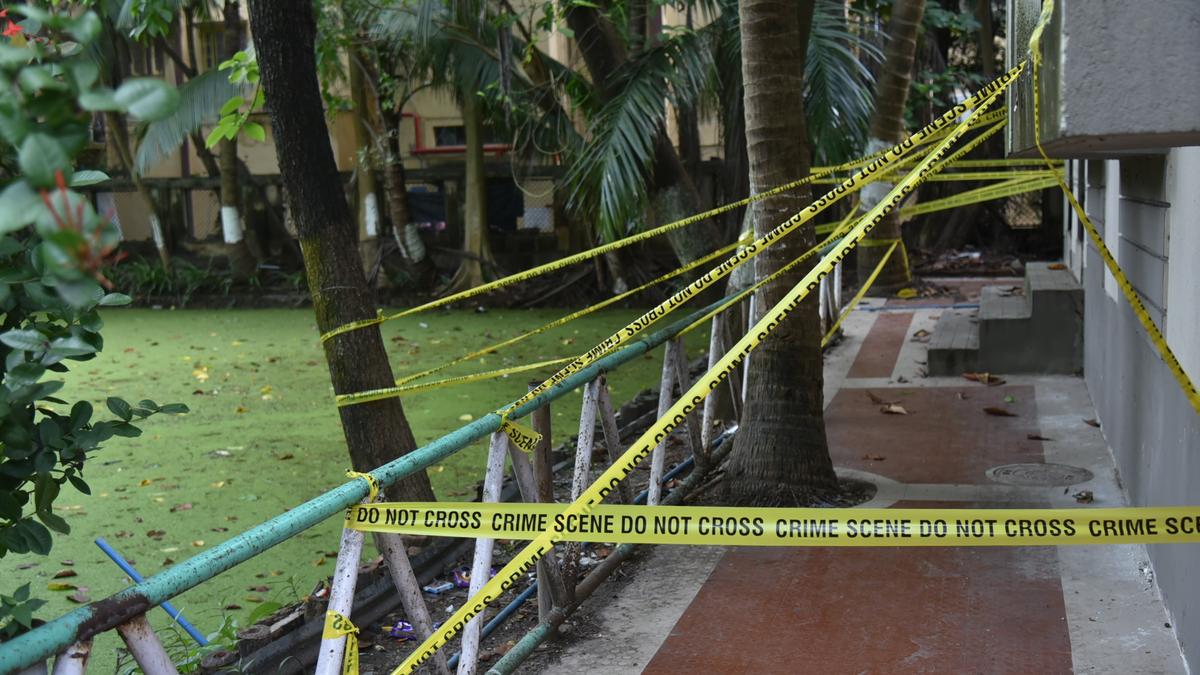
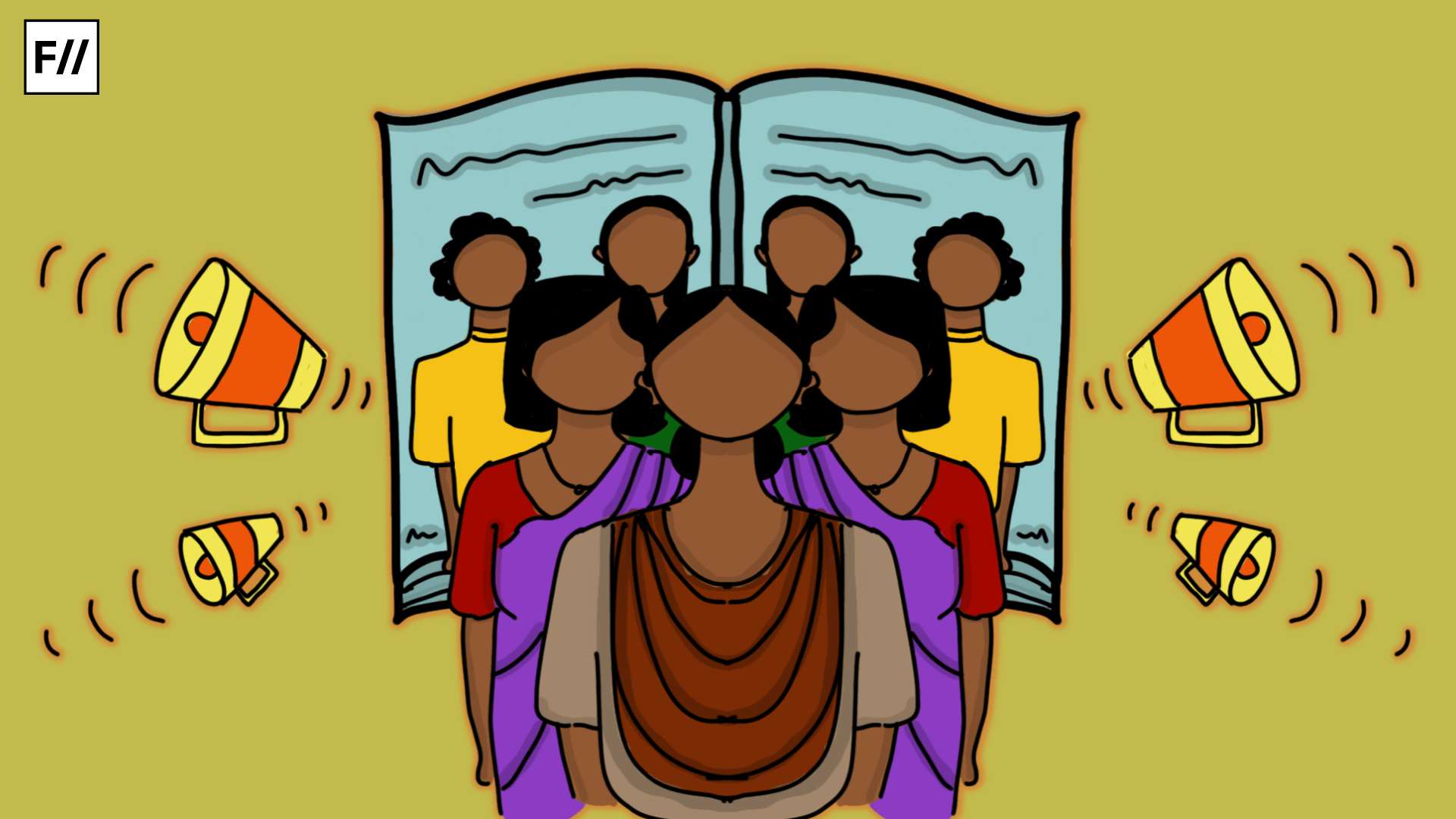

All Rulers are using the state murder ( Death penalty) since human era at our universe•• unfortunately our crimes and Rapes are Raising day by day/ that means State murder is not help to reducing our crime rates at our life•• Combaratively very low Crime rates at Death penaly less Nations now•• Rapes are rose after 60% Mobile banking at Sweden, sweden is a Rape Capital of Europe•• Brazil/ Srilanka/ SA are facing rising Rape threat within minute wise now•• Population wise indian Rape and crimes rates are very low now• Stop the state murder•• State murder and war are the teaching class of every murders and crimes•• Stop the De forestisation+ Minimise Mobile banking+
Avoid the climate change and EMP Radiation problems•• Stop the state MURDER••